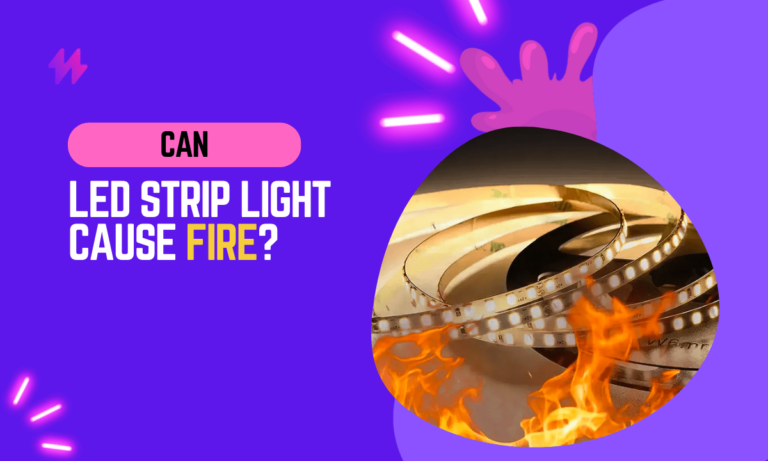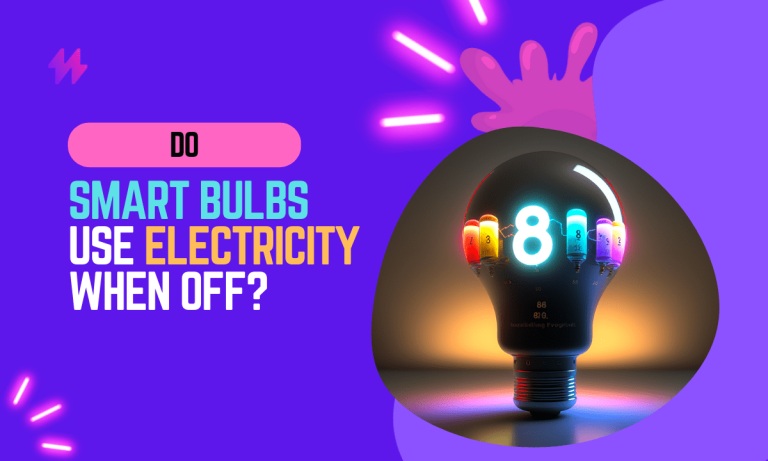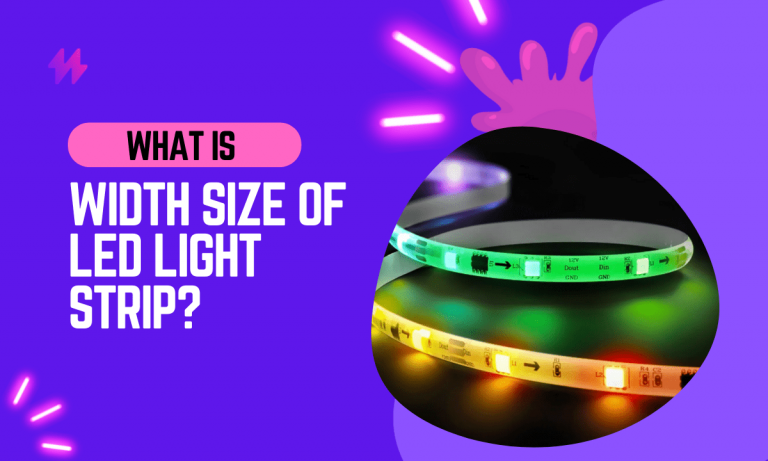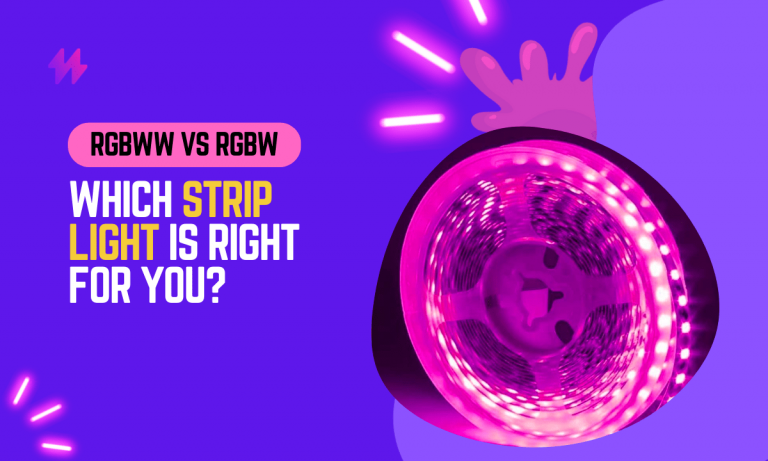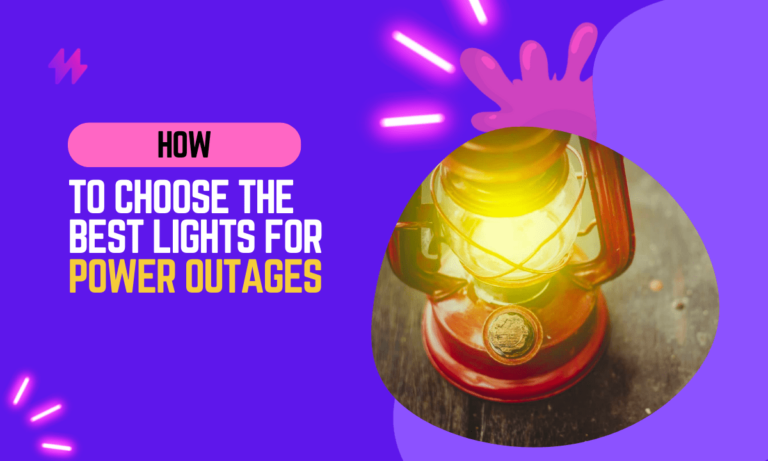Why LED Lights Consume Less Power?
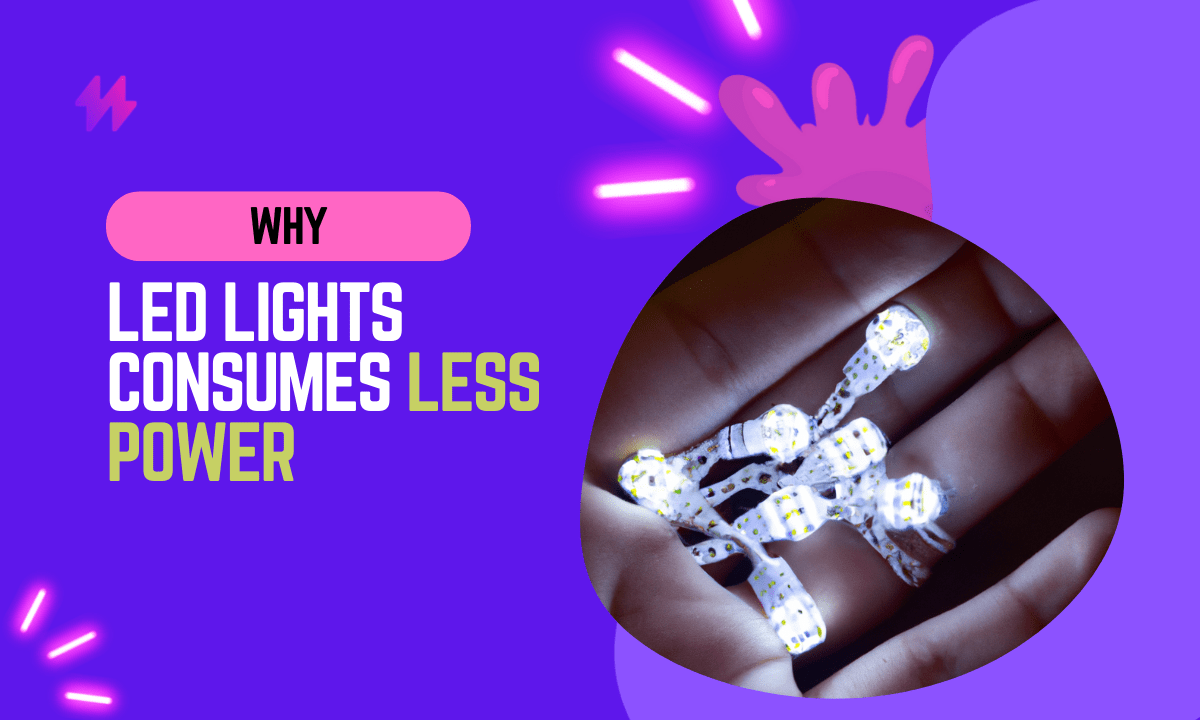
LED lights are becoming increasingly popular for a variety of reasons. LED bulbs use significantly less power than traditional incandescent light bulbs, making them an eco-friendly option for those looking to reduce their energy consumption.
LED lights also have a longer lifespan than incandescent bulbs, meaning they need to be replaced less often. Additionally, LED lights come in a variety of shapes and sizes, so it is easy to find one that fits your needs. In this article, we will explore the benefits of LED lights in more detail and discuss how they can help you save on your energy bill.
LED Lights – The New Standard
LED lights are quickly becoming the new standard in lighting solutions. Not only do they use significantly less power than traditional incandescent bulbs, making them an eco-friendly option, but LED bulbs also have a longer lifespan. This means that you can enjoy consistent, bright light without having to worry about replacing your LED bulbs as often as you would with other types of lighting.
And LED lights don’t just provide superior illumination; they also offer a wide range of options to suit your needs and preferences. From small, decorative LED bulbs for accent lighting to large LED panels for general room lighting, there is an LED light for every space and purpose. Plus, LED lights consume less energy than traditional bulbs, which helps reduce your overall energy consumption and save you money on your electricity bill.
Must read: How to Repair Broken LED strip lights
Why LED Lights Consume Less Power?
LEDs are much more efficient than standard lights because they don’t require an external source of power. LEDs produce light directly from the input without first needing to operate on other sources such as filaments, which means that these bulbs use less energy overall!
Furthermore, LED lights are smaller and more efficient than traditional bulbs, which also helps reduce power consumption. LED bulbs can have a lifespan of up to 50,000 hours, while incandescent bulbs typically last only around 1,000 hours. This means that you can enjoy the benefits of LED light without having to worry about replacing your bulbs as often.
LED lights also produce significantly less heat than standard bulbs, and this is another reason why LED lights consume less power. LED bulbs generate less waste heat, which helps increase their lifespan as well as reduce energy consumption.
Various Types of LED Lights
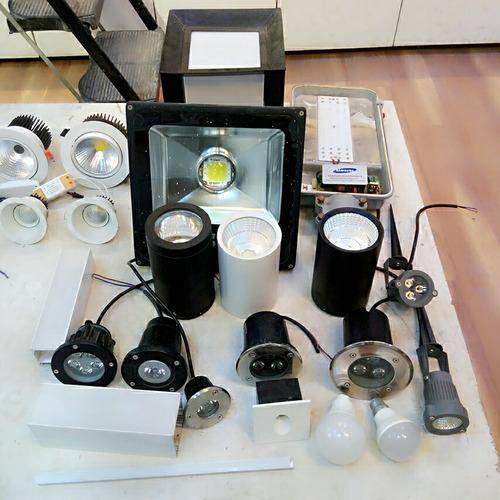
Looking for LED lights that consume less power? There are a number of different LED lighting options available, each with its own unique benefits. Here are some popular LED light types to consider:
- Small LED bulbs are great for creating ambient or accent lighting in your home. These decorative LED lights come in a wide range of styles and colors, making it easy to find one that suits your preferences and matches the décor of your space.
- Large LED panels are ideal for providing general room lighting. These LED panels can be mounted on the ceiling or wall, ensuring even and consistent illumination throughout your space.
- High-bay LEDs are perfect for commercial settings such as warehouses and retail stores. Their powerful illumination makes them ideal for high ceilings and large spaces, while their low power consumption ensures that these LED lights won’t drive up your energy costs.
- LED light strips are a versatile lighting option that can be used in a wide range of applications. Whether you want to add LED lighting under your kitchen cabinets or accentuate the edges of your deck, LED light strips are the perfect solution.
Final Words
In conclusion, LED lights consume less power primarily due to their high efficiency in converting electricity into light. Unlike traditional incandescent bulbs, which waste a significant portion of energy as heat, LEDs utilize up to 80% of the electrical energy they receive to produce light. This fundamental difference in technology marks a significant leap forward in energy efficiency. The structure of an LED, a type of semiconductor, facilitates the movement of electrons in a way that maximizes light output while minimizing energy loss. As a result, LEDs require less power to produce the same amount of light compared to older lighting technologies, leading to lower energy bills and a reduced environmental impact over time.
Moreover, the longevity of LED lights further contributes to their energy efficiency. LEDs have a much longer lifespan, often lasting thousands of hours longer than traditional bulbs. This durability reduces the frequency of replacement, which not only cuts down on maintenance costs but also on waste and resource consumption associated with manufacturing, transporting, and disposing of light bulbs. Furthermore, the ability of LEDs to operate effectively on low-voltage electrical systems also enhances their suitability for use with renewable energy sources, such as solar power, thereby further reducing the carbon footprint of lighting systems. These factors make LED lights a cornerstone of modern, energy-efficient lighting solutions that support a more sustainable future, aligning with global efforts to conserve energy and reduce the overall environmental impact of human activities.

